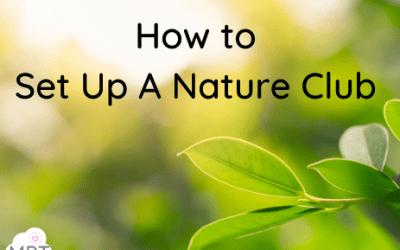Use the Early Years PLanting calendar to get a fun and organised planner to help you plant various plants if you are...
Set Up a Nature Club
Apr 19, 2021
Always wanted to set up an afterschool nature club? Well, this pack will help you! It gives you all the tips you need,...
Phase Two Phonics Nature Posters
Apr 19, 2021
Use these phase two phonics nature posters to get more authentic and in context pictures for children to relate their...
Muddy 500 Challenge (Resource Pack)
Apr 14, 2021
The Muddy Challenge 500 is a new initiative launching in September 2021 - this is the full pack and can be accessed by...
Sunflower Day: How to Plant a Sunflower Seed (Instructions)
Apr 11, 2021
Join in with Sunflower Day and use Plant a Sunflower Seed (Instructions) to make life easier for you and to embed some...
Sunflower Day Growth Chart – EYFS/KS1
Apr 11, 2021
EYFS/KS1 - Enjoy using this resource on Sunflower Day so that the children can record the height and observe their...
eBook Phase 3 – Book 1 (jvwx)
Jan 27, 2021
Use the eBook Phase 3 - Book 1 to practice these sounds jvwx. This is an interactive book that the children will...
*FREE* Signs of Summer Explorer Sheet
Jan 27, 2021
Use the Signs of Summer Explorer Sheet to get the children outside applying their Science and wonder of the world the...
*FREE*Early Years Weekly Outdoor Challenges (Science KUW Theme)
Jan 24, 2021
Early Years Weekly Outdoor Challenges (Science KUW Theme) 5 daily ideas
Signs of Spring Activity Sheet
Jan 22, 2021
Use the Signs of Spring Activity Sheet to get the children outside applying their Science and knowledge in an active...
Signs of Winter Activity Sheet
Jan 22, 2021
Use the Signs of Winter Activity Sheet to get the children outside applying their Science and knowledge in an active...
*FREE*Butterfly Spotter Activity Sheet
Jan 22, 2021
Use the Butterfly Spotter Activity Sheet to get the children outside applying their Science and knowledge in an active...
Lesson 1: Bird Spotter Activity Sheet
Jan 22, 2021
Use the Bird Spotter Activity Sheet to get the children outside applying their Science and knowledge in an active way....
Autumn Colour Spotter Sheet Activity
Jan 22, 2021
Use the Autumn Colour Spotter Activity Sheet to get the children outside applying their maths while they connect with...
Summer Colour Spotter Activity Sheet
Jan 22, 2021
Use the Summer Colour Spotter Activity Sheet to get the children outside applying their maths while they connect with...
Spring Spotter Activity Sheet
Jan 22, 2021
Use the Spring Spotter Activity Sheet to get the children outside applying their maths while they connect with nature...
Winter Colours Art Activity Sheet
Jan 21, 2021
Use the fabulous Winter Colours Art Activity Sheet to get the children outside applying their maths while they connect...
Winter Colour Spotter Activity Sheet
Jan 21, 2021
Use the mud-tastic Winter Colour Spotter Sheet to get the children outside applying their maths while tey connect with...
New In

Victorians KS2

Local History Study

British Settlement by Anglo-Saxons and Scots Lesson Ideas

5 Sustainable Wreath Making Ideas

The Roman Empire KS2

Iron Age Hill Forts and Tribal Societies

The Transition to Farming and Settled Communities (Neolithic)

Stone Age Recipes

Life in the Stone Age Lesson Ideas




















